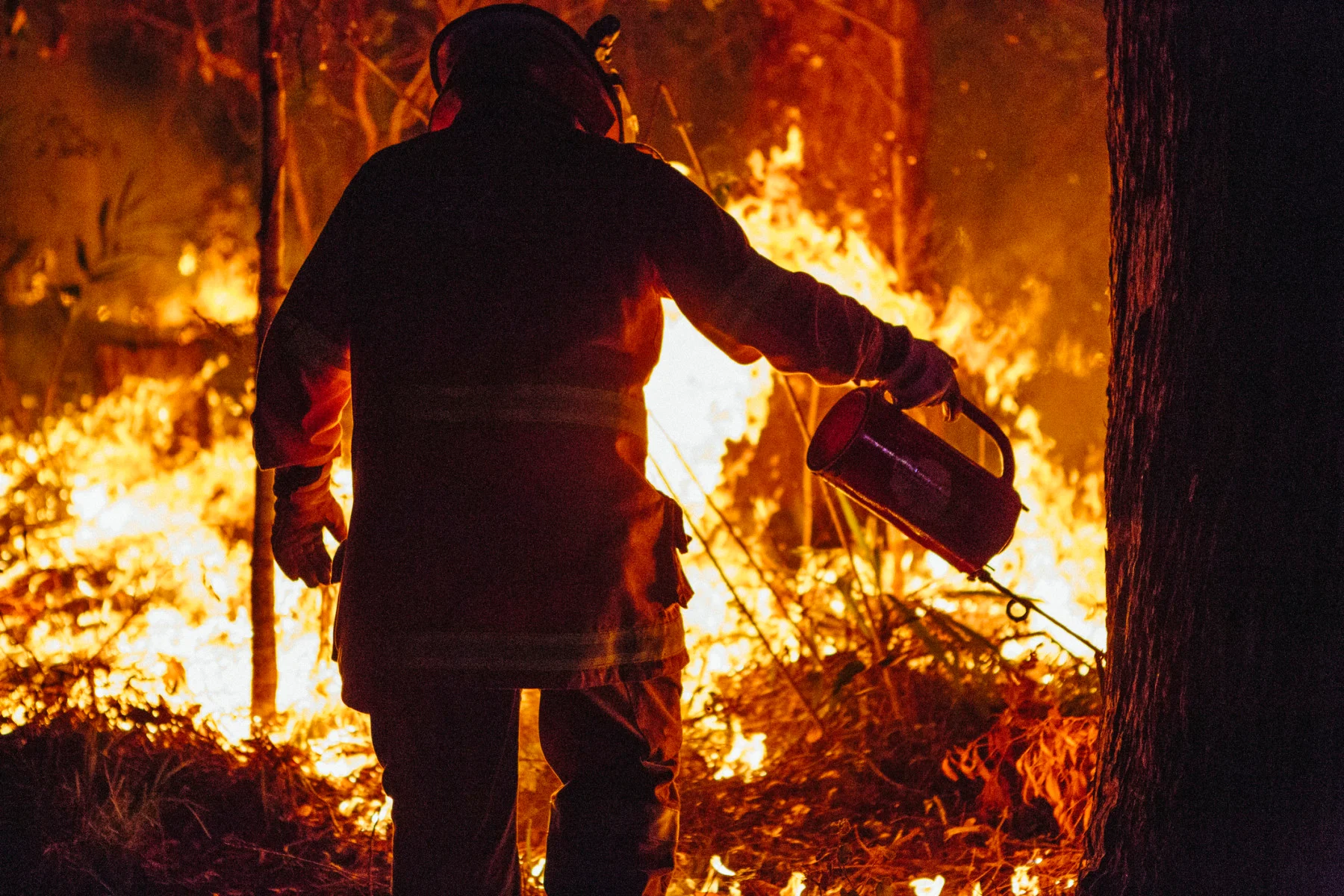
Controlled burns can help forests capture more carbon, here's how
Properly managed fires can improve an ecosystem’s biodiversity and ability to store carbon.
Expanding forests and improving wildfire management protect ecosystems that capture significant amounts of carbon, but experts have stated that more can be done. Specifically, they have reported intentionally setting controlled fires can help maximize the amount of carbon stored in these ecosystems.
A study published in Nature Geoscience stated that controlled burning can lock in or increase the amount of carbon stored in temperate forests, savannahs, and grasslands because of the impacts it has on the soil.
Controlled burns are not a novel idea, as they have been done by Indigenous communities for centuries, but the study emphasized their benefits in a wide range of ecosystems across the planet.
Numerous studies state that even if we stop emitting carbon emissions this very second, temperatures will still rise for years because of the pollution humans have already released into the atmosphere. The need for technologies and Earth’s ecosystems to remove large volumes of carbon from the atmosphere is becoming increasingly urgent, and it’s going to take more than tree planting.

A firefighter conducting a controlled burn with a drip torch in Lower Beechmont, Australia. (Cavan Images/ Getty Images)
So, how do controlled fires help ecosystems store more carbon?
The biomass that is incinerated during controlled burns creates charcoal, which forms clumps of soil that are resistant to decomposition and protect carbon-rich organic matter in the centre of the clump from future burning. The amount of carbon that is bound to other minerals in the soil also increases with controlled burns.
Neither of these processes can occur during extreme wildfires that receive significant media coverage, as they burn at an intensity that destabilizes the soil and causes it to release the carbon it is storing. Minerals, soil bacteria, and fungi are also damaged during these damaging wildfires.
“Ecosystems can store huge amounts of carbon when the frequency and intensity of fires is just right. It’s all about the balance of carbon going into soils from dead plant biomass, and carbon going out of soils from decomposition, erosion, and leaching,” stated Dr. Adam Pellegrini, first author of the study and professor at the University of Cambridge, in the study’s press release.
“In considering how ecosystems should be managed to capture and store carbon from the atmosphere, fire is often seen as a bad thing. We hope this new study will show that when managed properly, fire can also be good — both for maintaining biodiversity and for carbon storage.”
The study also noted that grass growth spiked in some ecosystems that were treated with controlled burns. High levels of carbon are stored below-ground in grasslands within the roots of the plants, so the researchers noted that this increase in root biomass increases the amount of carbon that can be stored underground.
The researchers stated that soil holds more carbon than the atmosphere and all the vegetation on the planet, combined, which is why more research should be done to protect and optimize this resource.
Thumbnail credit: © Santiago Urquijo/ Moment/ Getty Images












